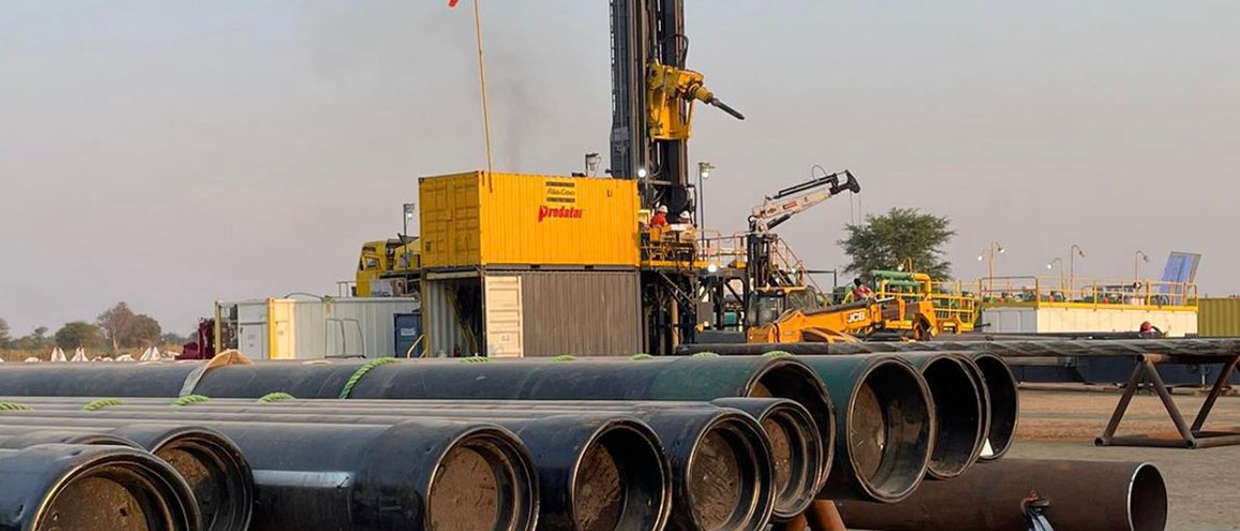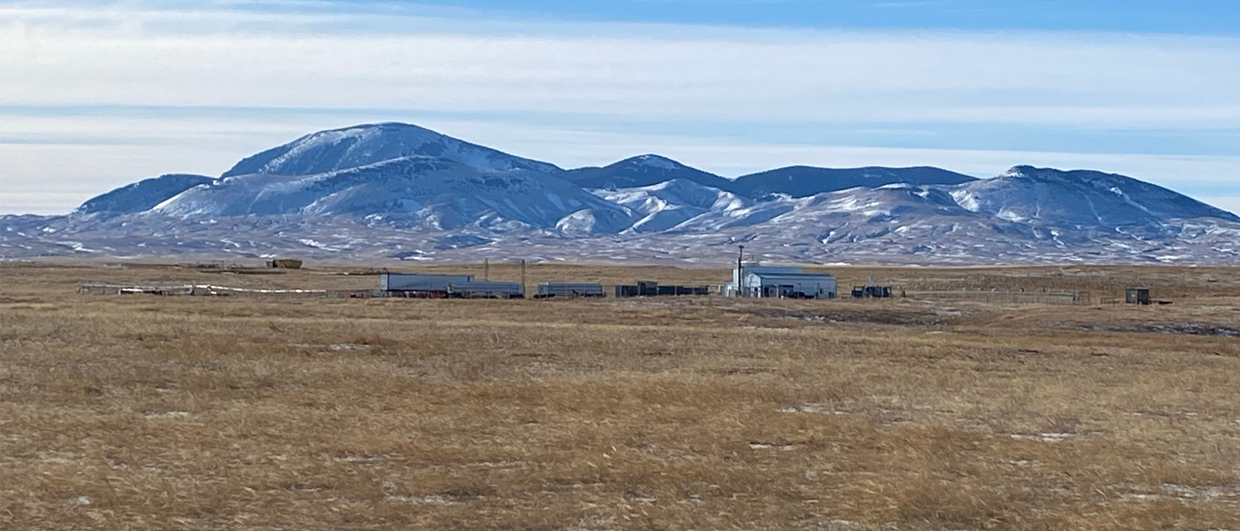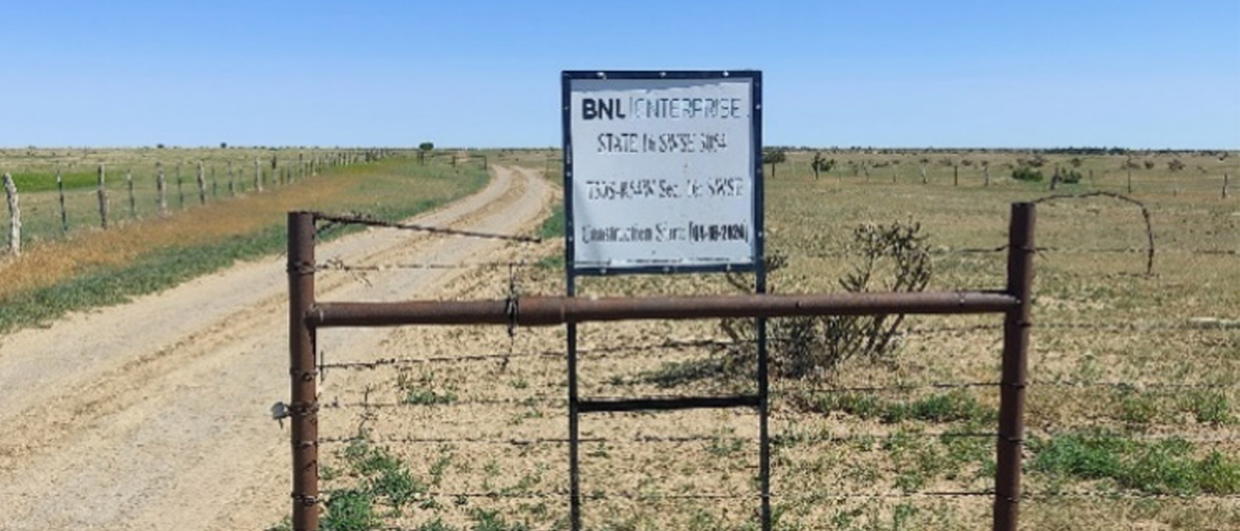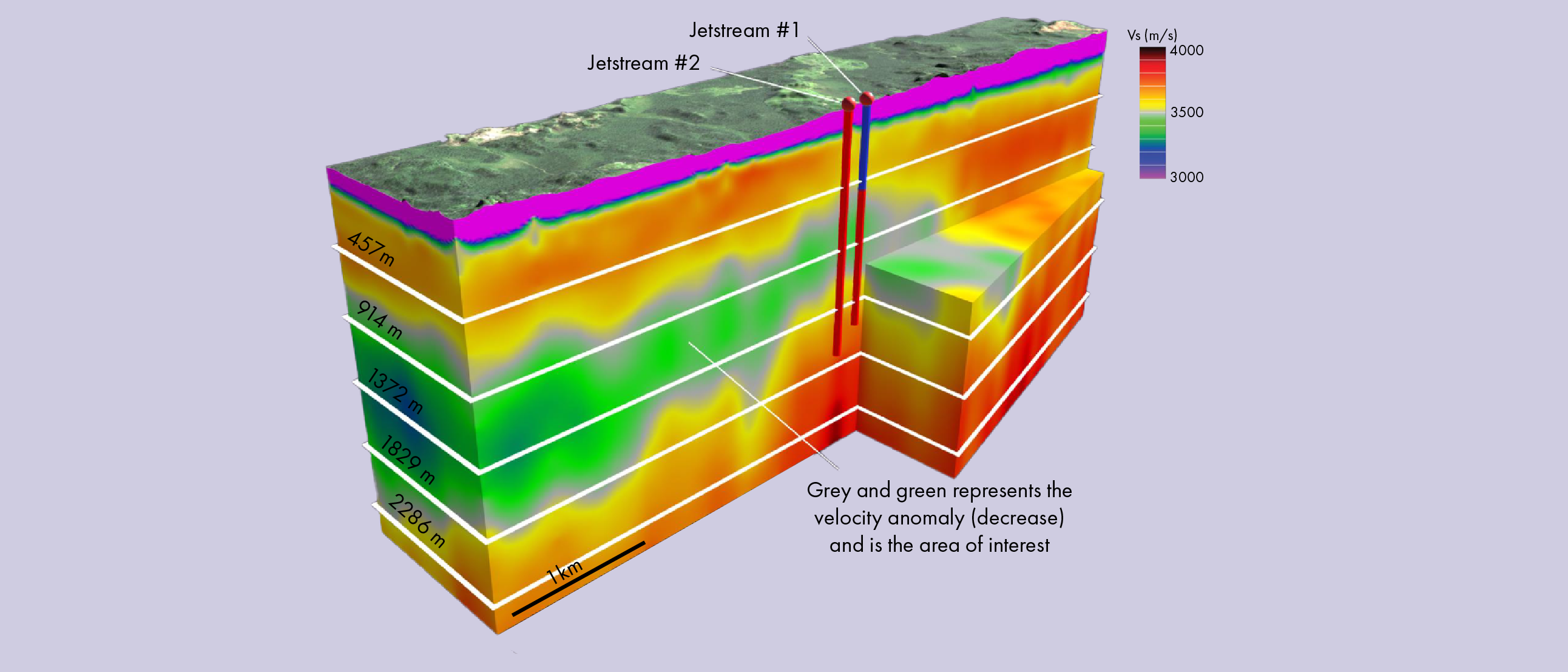First of all, the rig. During the initial exploration campaign that started in 2021, Helium One used a slimline mining rig. This is probably a contributing factor to a range of hole stability and data acquisition issues in the Tai-1 well. A sidetrack had to be drilled, but yet again wireline logging could not be run. However, thanks to cuttings and mud gas data, helium shows were still confirmed in the deeper Red Sandstone and Karoo Group.
After operations at Tai-1/1A came to an end, it was concluded that the largest helium show of 2.2% was detected at a relatively shallow depth of 70.5 m in the Lake Beds. This subsequently became the main target in the next well, Tai-2.
The location of Tai-2 was probably chosen for logistical reasons as well, as the well was drilled from the same pad. Despite the tiny offset distance of 20 m, the geology played hide and seek, and the sand that had been found in Tai-1 had pinched out at Tai-2. No helium show, and back to the drawing board.
Green helium
The helium being tapped into is not present as a free gas but dissolved in hot fluids. As the fluids rise to surface, the gas comes out of solution. The gas is a pure helium and N2 mixture, making it a ‘green’ helium accumulation.
For the phase II drilling campaign in 2023/24, the company must have decided to go deeper again, but better equipment was needed. Therefore, a proper oil rig was bought with the ability to reach a depth of 2 km. At that time, the play concept was probably to drill into a deeper reservoir, and major faults were avoided.
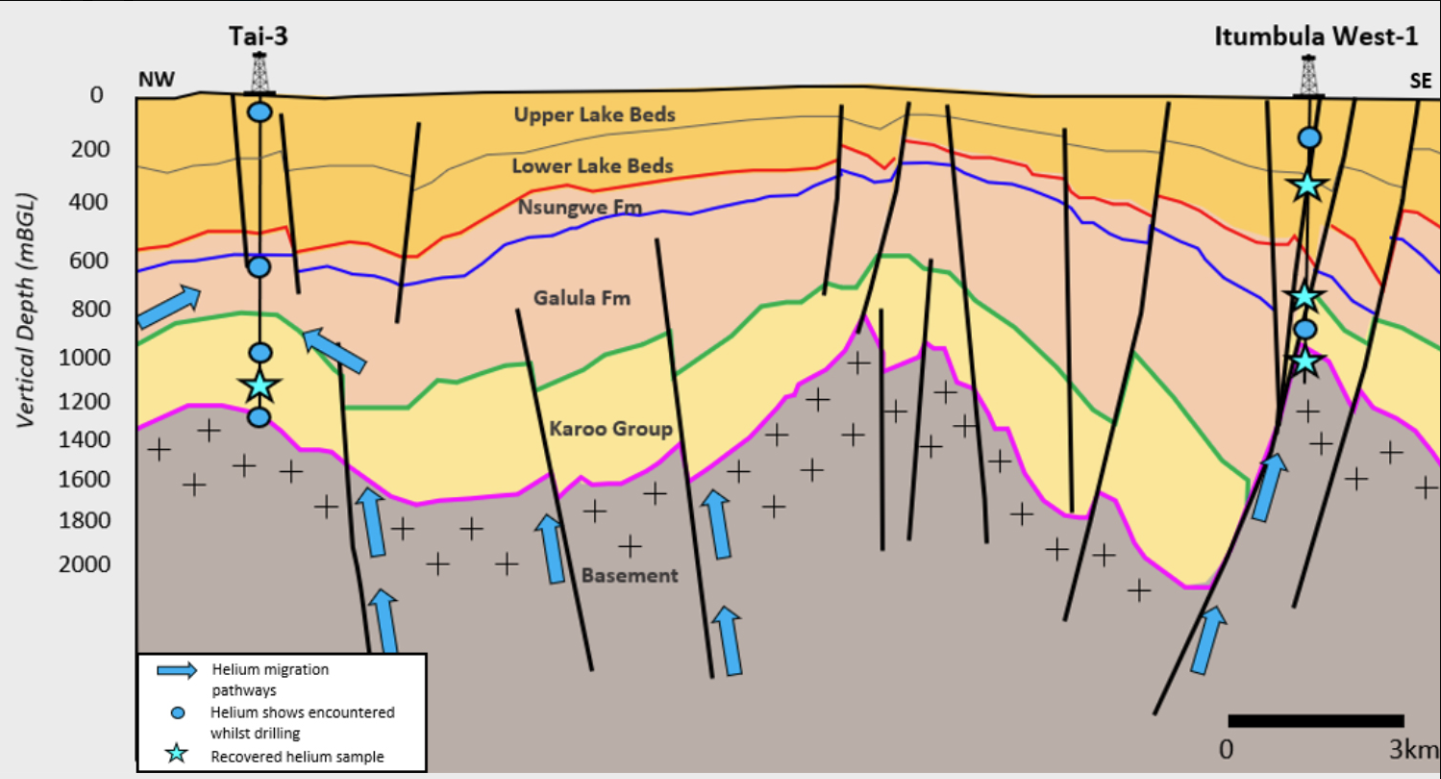
The Tai-3 well finally enabled the Karoo Group to be fully assessed, but a continuous helium-bearing reservoir was not found. Instead, a fracture zone yielded the maximum concentration of 0.8%, and helium was also detected at top basement but could not be accurately measured.
That is why it was decided to test the basement connection with the next well, Itumbula West-1, and target two major fault zones, both in the Karoo Group as well as in fractured basement itself.
This change of concept paid off, with an extended well test on ITW-1 flowing a sustained average of 5.2% helium from the faulted Karoo Group and 5.5% helium from fractured basement.
It took some perseverance and changing strategies, but now Helium One seems to be on to something. Not a “classic” reservoir, but a dynamic fault-related resource instead.
To further confirm the potential of the recently drilled wells, the company has today announced that is submitted a comprehensive mining licence application to the Tanzanian authorities for the southern Rukwa Helium Project, which encompasses the Itumbula, Tai and southern prospective areas for commercial development.

